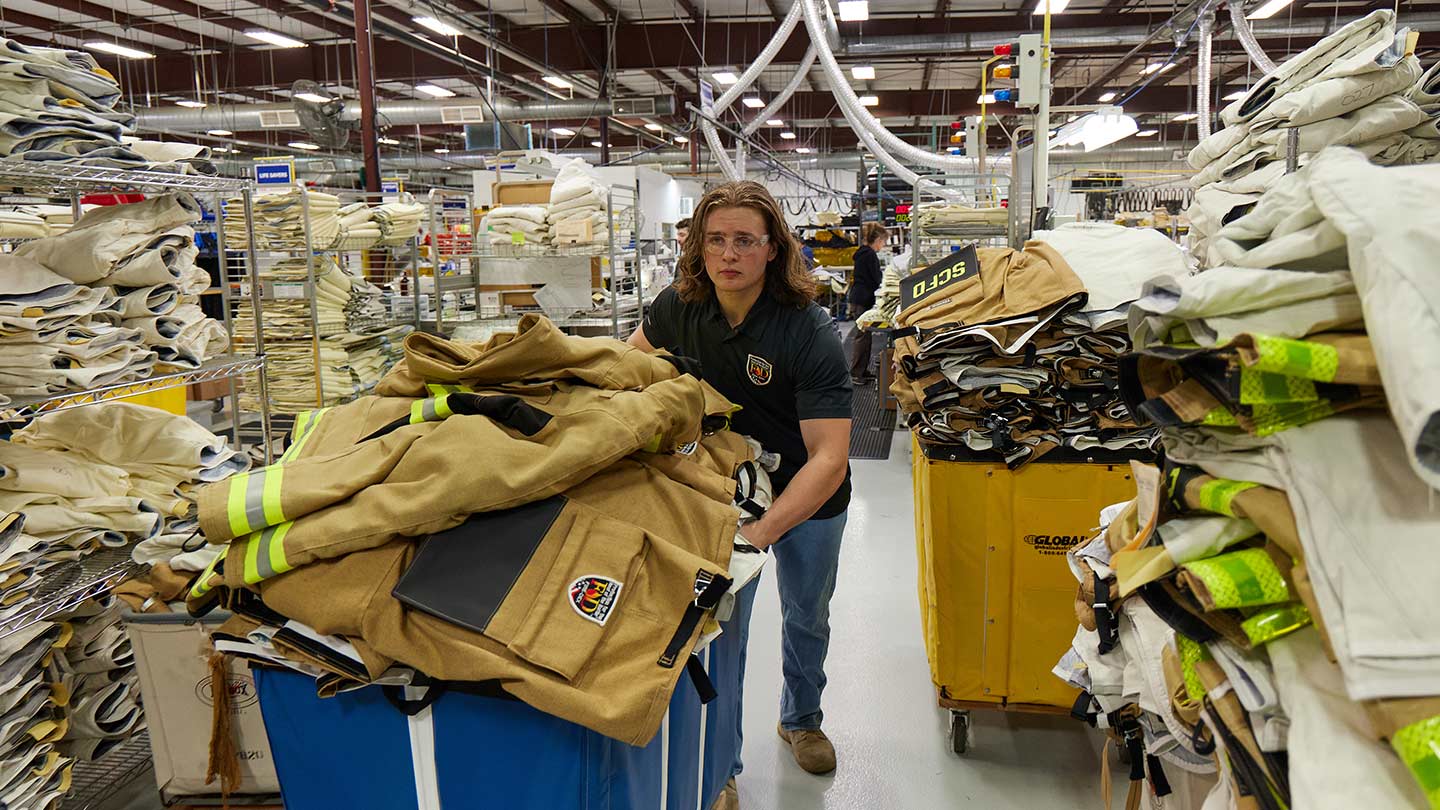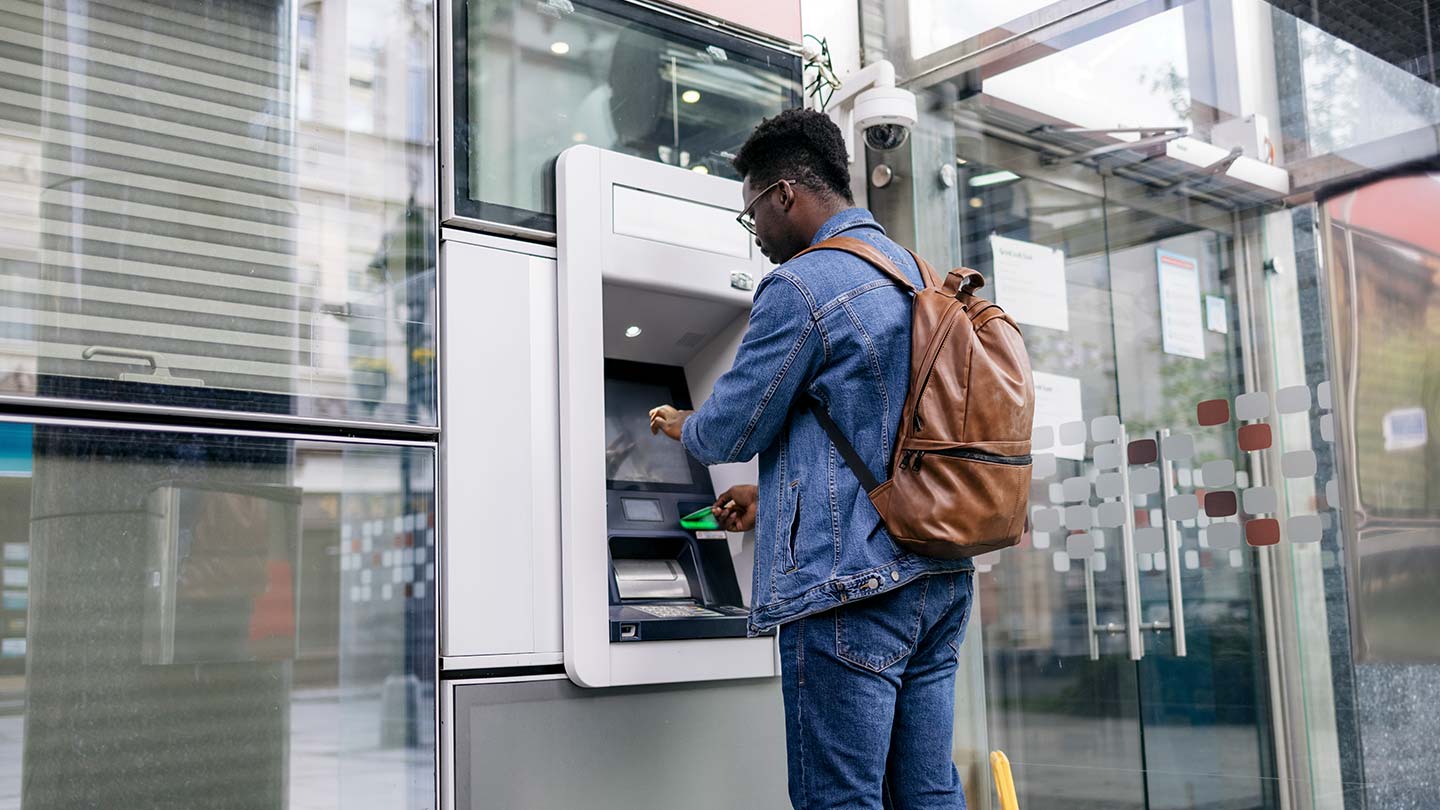The JPMorgan Chase Institute today issued a new report that reveals consumers’ financial response to a year of lower gas prices. With U.S. gas prices down 25 percent year over year in 2015, middle income households spent $477 less at the pump. For every dollar saved from lower gas prices, households decreased their spending on transit by roughly 14 cents, while at the same time increasing their spending at gas stations. The report also estimates that households spent 58 percent of total potential gas savings
The Consumer Response to a Year of Low Gas Prices relies on an anonymized sample of one million Chase customers across 23 states to quantify the impact of an entire year of lower gas prices in 2015.
“The drop is gas spending is significant for consumers – it is the equivalent to more than a one percent increase in annual income for low and middle income households,” said Diana Farrell, President and CEO, JPMorgan Chase Institute. “This savings at the pump benefited restaurants and retailers and contributed to changes in consumers’ transportation choices that we haven’t seen in five years. People are driving more and using transit less.”
The JPMorgan Chase Institute research evaluates the savings that households experienced from lower gas prices and what they did with these gains.
- Finding: Middle-income households spent $477 less on gas in 2015 than in 2014, equivalent to more than a one percent increase in annual income for 60 percent of households. These savings are substantial for a middle income household—equivalent to half of the average month’s rent or mortgage payment.
- Finding: Households spent an estimated 58 percent of their potential savings from lower gas prices. A 25 percent drop in gas prices generated an estimated potential savings of $632 for middle-income households, including the $477 actual savings on gas in addition to $155 spent at gas stations.
- Finding: Households spent approximately 34 percent of this potential savings on non-gas goods and services, principally on restaurants and retail. Specifically, households spent 19 percentage points of their savings from lower gas prices on restaurants, 16 percentage points on retail, 13 percentage points on online retail, and 11 percentage points on groceries. They spent roughly 24 percent of their savings from lower gas prices at gas stations. The other 42 percent might have been saved or otherwise spent on purchases not typically paid for using a debit or credit card, notably vehicles or other durables.
- Finding: The fall in gas prices had meaningful impacts on households’ transportation choices. In the low gas price environment, households increased spending at gas stations and decreased spending on transit. For every dollar saved from lower gas prices, households decreased their spending on transit by roughly 14 cents. Sustained low and falling gas prices contributed to a reversal of the five-year trend of declining real gas consumption and vehicle miles traveled.
- Finding: While 72 percent of households spent less on gas in 2015 than in 2014, the drop in gas prices had disparate impacts across income and geographic groups. Households earning less than $30,000 annually benefited the most—their saving from lower gas prices of $332 was the equivalent of a 1.4 percent boost to discretionary income. Twenty-eight percent of households, primarily located in California, increased their gas spending. Households in the West and Northeast were impacted the least. The metro areas with the largest drops in gas spend as a fraction of income were in the Midwest or South. The areas with the smallest drops were in California with the exception of New York City, Washington, DC, Las Vegas and Seattle.
In October, 2015, the JPMorgan Chase Institute released the report, How Falling Gas Prices Fuel the Consumer, which estimated the impact of the decline in gas prices on consumer spending as prices fell precipitously to a low in January 2015. This new report quantifies the impact of a full year of low gas prices in 2015 on spending both at gas stations and on non-gas goods and services.



